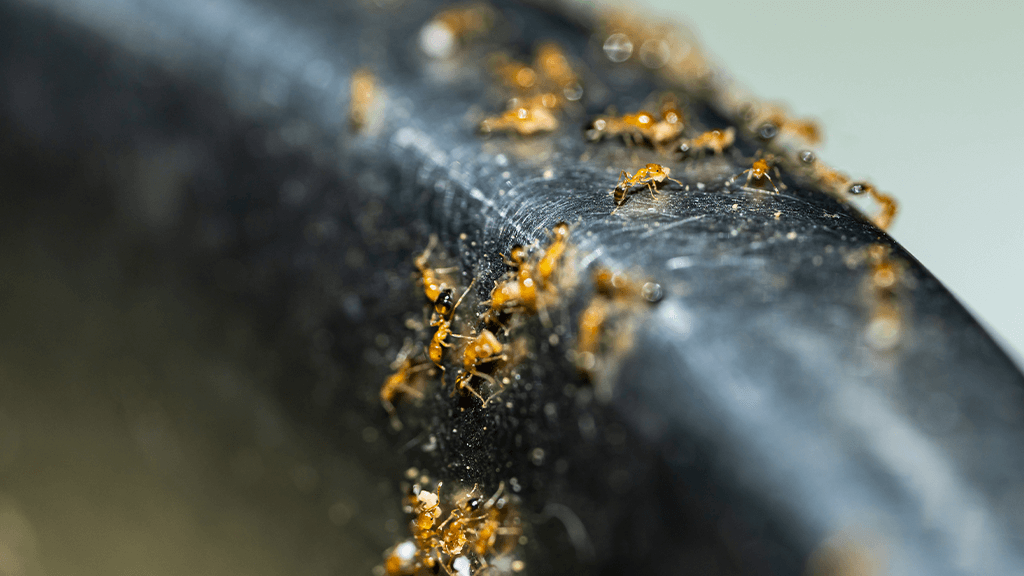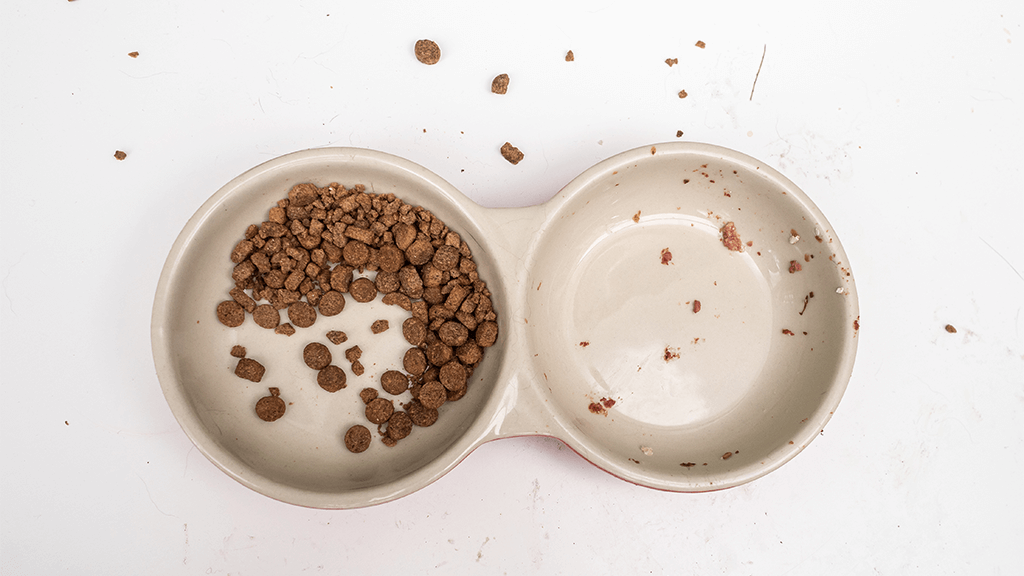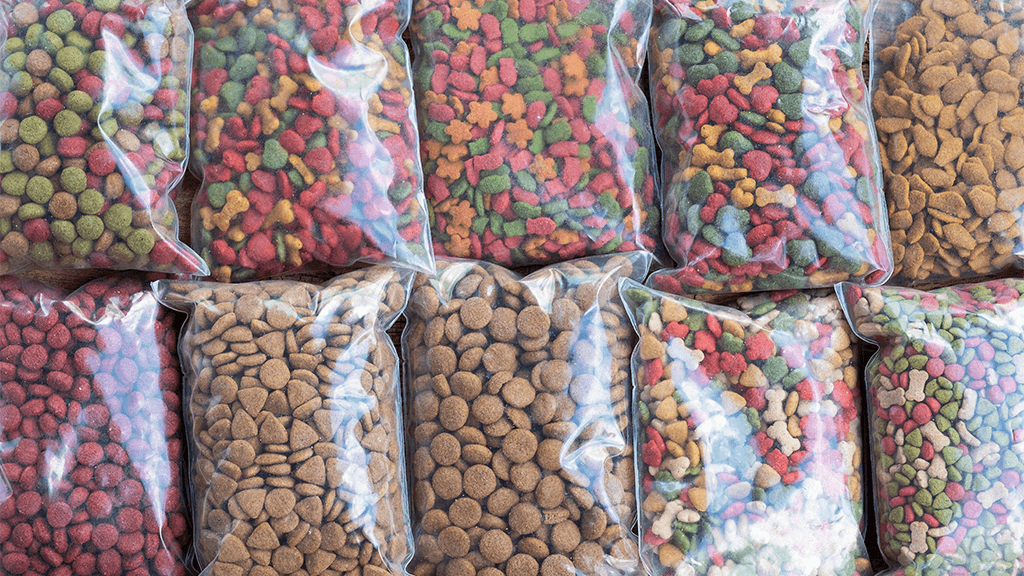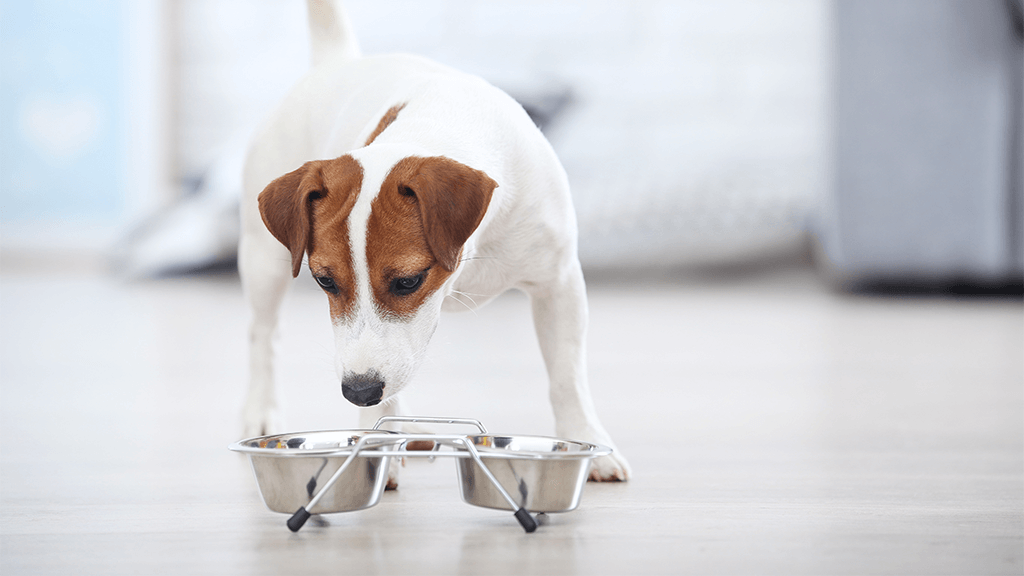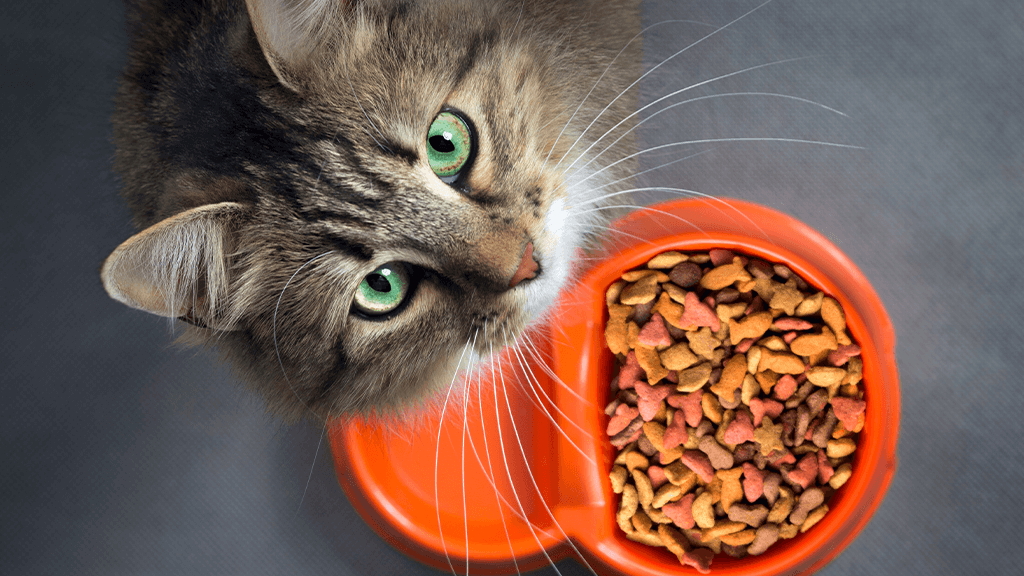When Pet Food Becomes Pest Food
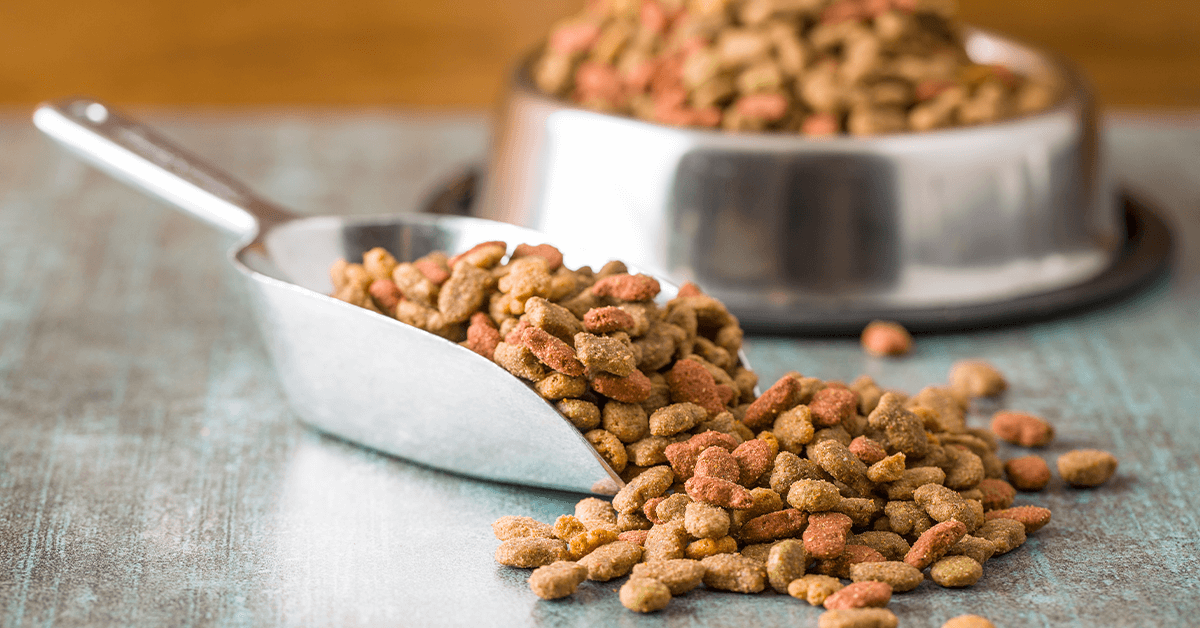
Adopting a furry friend has many perks, but the higher possibility of unwanted pests that accompany them is not one of them. Pet food, like any other food source, can invite all sorts of pests in, but unlike other food sources, we aren’t always as vigilant when storing, cleaning up, and managing our pets’ food. Revamp your pet’s mealtime routine with these handy tips and save yourself the trouble of dealing with an infestation of food-loving pests.
1. RECOGNIZE WHY PESTS ARE THERE
Considering most unwanted pests are happy scrounging through rotten garbage for a bite to eat, it follows that pet food is suitably enticing to them. Pests are simply looking for food, and it doesn’t matter whether it’s meant for humans or pets. Unfortunately, pet food is more vulnerable to infestations simply because of our less-than-ideal storage practices.
Pests invade our homes looking for food, water, shelter, and safety and are often able to find all of these things in spades within the frequently overlooked pet areas of our home. Our four-legged friends are part of the family, so their spaces need the same TLC the rest of the house sees, too. Changing the way we maintain our pet’s spaces can do wonders for pet-related pest problems.
2. UPDATE YOUR CHORE LIST
Pets are adorable, loving, and, well, messy. The chewed kibble and crumbs scattered around after puppy’s mealtime act like absolute pest magnets. If our pets would only start eating their meals with a knife and fork instead of carelessly out of a bowl, we’d be in better shape.
However, we have not only our pets to blame. We’d never admit it, but it can sometimes be days, or even weeks, before we toss our pet’s dishes in the sink, and the broom might rarely make a sweep behind the water dish. Add these tasks to your daily to-do list to keep their eating area clean & less likely to attract bothersome bugs. Spilled pet food is no different to a hungry pest than dinner’s crumbs and scraps left unbothered on the floor.
3. FIND A PET FOOD STORAGE SOLUTION
Feeding a pet is far simpler than feeding other family members: no menu planning, less fretting about offending sensitive palates, and pet food is offered in one package that meets their nutritional needs.
The problem is that food often remains in its original packaging and is left relatively defenseless against hungry pests. The paper or cardboard provides a weak barrier against bugs looking for a bite, and pet food is frequently stored in out-of-the-way places like the porch or garage where pests are likely to be.
To keep bugs at a distance, store pet food inside an airtight tub with a tight-fitting lid. If you buy in bulk, clear some space in your freezer for some of Fido’s food, too. Finding a secure storage method for your pet’s food will not only keep pests away, but it can also keep their food fresher and more flavorful.
4. RELOCATE
Your pets and the bothersome pests that invade their food essentially reside at the same level. Our pets might not be invited to sit at the table with us, but keeping their food at floor-level where ants, rodents, raccoons, cockroaches, and beetles have easier access to it might not be the best location. Your pets’ food corner may also be near a wall or window that allows pests to sneak in through gaps or cracks and head straight for their bowls.
Pests big and small are deterred by a difficult climb when searching for food. Raised bowls, platforms, and alternative feeding spots will discourage pests from taking bites of your pet’s food. Cats and other more agile pets can reach a higher level through climbing than dogs, so countertops or raised surfaces are a great option, but a food or water bowl raised off the ground, even by a few inches, will ward off pests more effectively than one left at floor-level.
5. ADJUST THEIR MEALTIMES
Your pet has a personality, one with likes and dislikes. Whether you have a pet who prefers several small meals in a day or a pet who eats on a stricter schedule, the amount of food you’re scooping into their dish and the speed they scarf it down affects the likelihood of attracting pests.
To cut down the risk of pests, research the vet recommended amount, time of day, and method of feeding your four-legged friend. Try feeding your pet only as much food as they will eat in one sitting and then storing their dish elsewhere until they’re ready for more. Many well-intended pet owners place a heaping scoop of food in their dish to be nibbled throughout the day, but leaving a plate of pet food out is no different to a pest than leaving a plate of your own leftovers out for them to nibble on, too.
6. CALL THE EXPERTS
If pests were invading your child’s bedroom, you most likely wouldn’t begin spraying the place with insecticides or repellents, and your pet’s space in your home is no different.
That’s where a pest control professional steps in. If you’re at a loss for how to best control pesky intruders while keeping all members of your family (both furry and otherwise) safe, get in touch with one of our trained experts. A pest problem can already weigh heavily on your mind, and ensuring the health and safety of your pets is a task you can hand off to the pros. Our field experts can step in with the right tools to deal with every level of infestation, prioritizing the safety and well-being of every member of your family.
SOURCES
https://blog.homesalive.ca/dog-blog/bugs-in-your-dog-food
https://www.tuftscatnip.com/everydaycatcare/using-pet-safe-pest-control/
http://ipm.ucanr.edu/QT/pantrypestscard.html
https://extension.colostate.edu/topic-areas/insects/insect-pests-of-home-stored-foods-5-501/
http://ipm.ucanr.edu/QT/pantrypestscard.html
https://simplyfordogs.com/dogs-dinner/7-tips-keeping-pests-dogs-dinner/
https://www.consumeraffairs.com/news/how-often-should-you-clean-your-pets-food-bowls-041917.html

